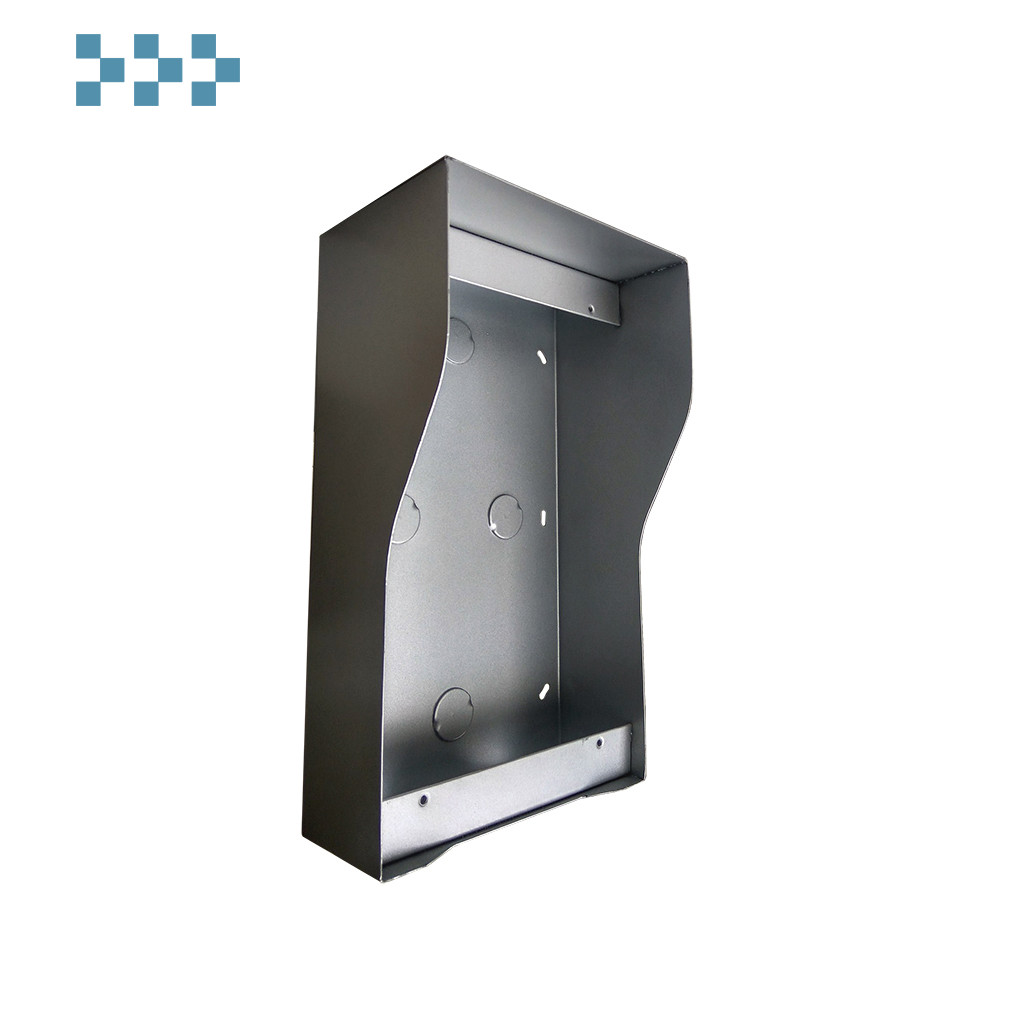
Coverage without secrets
A visit to this place will definitely not please the owner of four wheels. Using the services of a paint shop, because this topic is discussed in this article, is always associated with considerable costs. However, in order for the latter to be fully justified by the end result, it is necessary to correctly carry out individual operations, starting from grinding the surface of the body to be painted, carefully applying the paint and ending with its drying.
Brick, or maybe Bulgarian?
The first thing to do before applying the paintwork is to carefully sand the selected surface of the body. In most paint shops, orbital sanders are used in the first stage of machining, and finishing (polishing) is carried out with a special block and water-based abrasives. Meanwhile, experts are convinced that shredders can also be used at this second stage of processing. However, do not forget to strictly adhere to a few basic rules. One is to use only grinders designed for professional painting jobs, preferably with a 150mm disc (for minor repairs 75mm discs can be used). In addition, the meat grinder must be equipped with a so-called soft start and make oscillatory movements in increments of 2,5 to 3 mm, for fine-tuning. The advantages of using this type of device over traditional blocks and water-based abrasives are numerous. Firstly, the grinding time is reduced at both stages of the machining of the case. At the same time, it is even, which avoids the appearance of stains from the screed in hard-to-reach places. In addition, the use of a sander eliminates the contact of paint materials with water (as is the case with traditionally used abrasives), which allows you to get a better final coat.
With the right shower
After the substrate has been properly prepared, varnish is applied to its surface. The key in this case is the use of the appropriate nozzles in the spray guns and the correct spray pressure at each stage of the job. This is especially important when applying water- or acrylic-based primers. Suffice it to say that using a nozzle that is only 0,1-0,2 mm larger results in a dozen or so microns thicker layer of varnish. Due to the use of nozzles that are too large and at the same time an incorrect reduction in the spray pressure of the lacquer, there are problems with the drying of the applied lacquer layer, as well as difficulties with its proper curing. In extreme cases, unaesthetic thickenings may appear on the surface, which will have to be removed, thus restarting the entire painting process.
Traditional or with radiant heater?
The final stage of each stage of varnish processing is proper drying. This is especially important both at the stage of applying putty and after applying the finish coat. A properly dried base (read: heat and thinner resistant) prevents the finish coat from matting and becoming damaged (such as “breaking” or scratching) afterward. Drying can be carried out in the traditional way, ie. leaving the car for several or several hours in the spray booth. However, this is a time-consuming and inefficient solution, especially in the case of painting small surfaces. For this reason, it is advisable to use the so-called short-wave emitters. Both simpler and more richly equipped devices are available on the market. The first of them do not have temperature sensors, so it is necessary to use hand-held pyrometers, thanks to which you can fully control the temperature of the dried surface. However, it is much more advantageous to use radiators with temperature sensors, as they provide "automation" of the drying process without the need for constant temperature control. According to experts, too high a value can lead to too rapid "closing" of the applied varnish layer. Worse yet, metallic or pearlescent lacquers will not spread properly. On the other hand, too low a drying temperature increases the evaporation time of the painted surface. As a result, the drying time can even be doubled.

